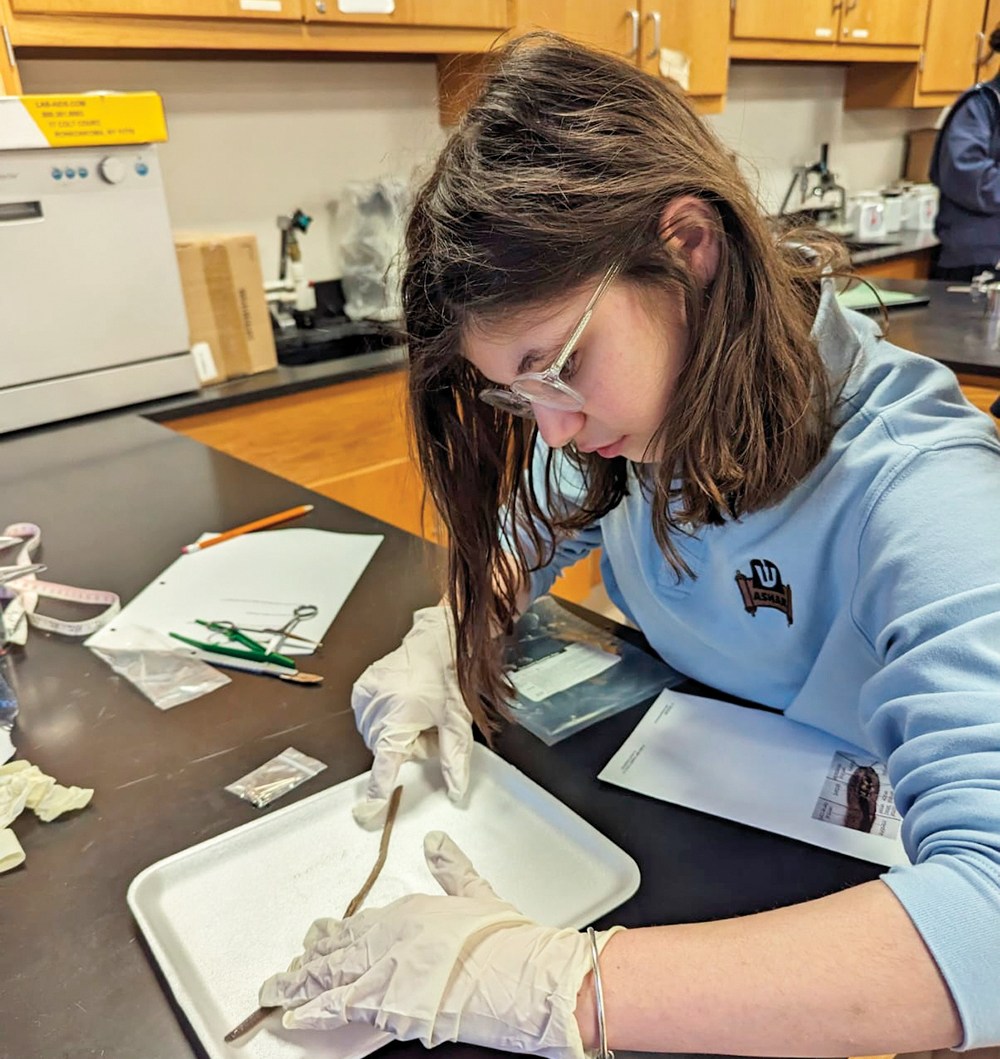Identifying Scales Required
May we purchase salmon filets from a non-kosher store? Normally, halacha insists we see a fish’s scales to ensure we are buying a kosher fish (Shulchan Aruch, Yoreh Deah 83:1). Sadly, fraudulent species substitution is common, with fish distributors selling a less expensive variety that looks like a much more expensive fish. Thus, vigilance is most necessary.
The Salmon Exception
However—according to OU Kosher—we may purchase skinned salmon from non-kosher outlets due to its distinctive red color. This ruling is exceptionally well-supported. Rav Yisroel Belsky (Shulchan Halevi, Hebrew, pages 174-175) cites Rav Moshe Feinstein, who rules that salmon’s color is a siman muvhak (unassailable identifying mark). Rav Belsky adds that this matter has been thoroughly investigated, and no non-kosher fish in the world shares salmon’s distinctive color. Although trout have a similar color, they are kosher fish. While there are some non-kosher tropical fish with the same color, none of these are commercially sold for consumption.
While not the same topic, we find red color serving as a siman muvhak of kosher fish eggs (called “roe”). The Shulchan Aruch (Yoreh Deah 83:1) accepts this red color as an identifier even to purchase from non-Jewish or non-observant merchants.
The Star-K’s Objection
However, Star-K head Rav Moshe Heinemann writes (https://www.star-k.org/articles/articles/1115/the-tell-tail-sign/):
“Even though the claim is made that salmon is unique, the claim is questionable. In fact, there is a known fish manufacturer who holds the patented method to color other less expensive fish to look exactly like salmon. Another method of coloring trout red is to feed the fish carrots. In Mexico, it is a practice to soak fish in red color. Therefore, Star-K certified salmon—as well as all other fish varieties—have a mashgiach temidi who examines every fish during production.”
Rav Belsky and the OU Respond
Astaxanthin (the primary carotene found in wild salmon) is in the same family as beta carotene, the chief antioxidant (and principal pigment provider) found in carrots, apricots, squash and sweet potatoes. But carotenes do much more than provide yellow, orange or red color. Carotenes are essential to the health of both humans and fish as they also eliminate free radicals and oxygen singlets from the blood, enhance immune functions, act as anti-mutagens and anti-carcinogens and are a resource for the body’s manufacture of Vitamin A. Excess carotenes—which the body does not need for maintaining life functions—are stored in different parts of the body in different creatures, depending on their genetic make-up. In salmon and trout (for example), carotenes are stored in the muscle tissue (i.e., flesh), making the flesh pink or red. (The skin on the other hand, in an Atlantic salmon for example, would retain a blue/silver color.)
Only fish such as salmon and trout retain natural carotenes in their reddish-pinkish flesh. Only fish that have the ability to store natural carotenes in their flesh can retain artificial carotenes, such as DSM’s astaxanthin, “Carophyll-pink,” in their flesh. Other fish are not red because they do not store carotenes, whether natural or artificial in their flesh.
OK Kosher’s Response
The OK supports OU Kosher’s stance on salmon. The OK writes as follows:
“An additional concern brought up by kosher organizations is a red dye injected into the flesh of a fish to make it look like salmon. This has also proven not to be a problem, because it would be very hard to conceal this procedure. In order to dye the fish, many needles are used, which leave visible holes in the flesh of the fish. In addition, the dye would not disperse evenly and one would notice inconsistencies in the color. Furthermore, when soaked, salted or smoked the color would probably not be retained in the flesh. The only way the dye could properly change the color of the flesh is—as mentioned above—by feeding the fish carotene while in the water, and even then, only salmon can be properly affected by the dye.”
Conclusion
OU Kosher’s stance is well-rooted in thoroughly researched rulings from Rav Moshe Feinstein and Rav Yisrael Belsky. The Star-K seems to be the “odd man out” on this issue, as the OK and the CRC’s Rav Sholem Fishbane—who is the executive director of AKO—endorses the OU skinned salmon policy on the “Headlines” podcast policy.
Rabbi Jachter serves as the rav of Congregation Shaarei Orah, rebbe at Torah Academy of Bergen County and a get administrator with the Beth Din of Elizabeth. Rabbi Jachter’s 18 books may be purchased at Amazon and Judaica House.













